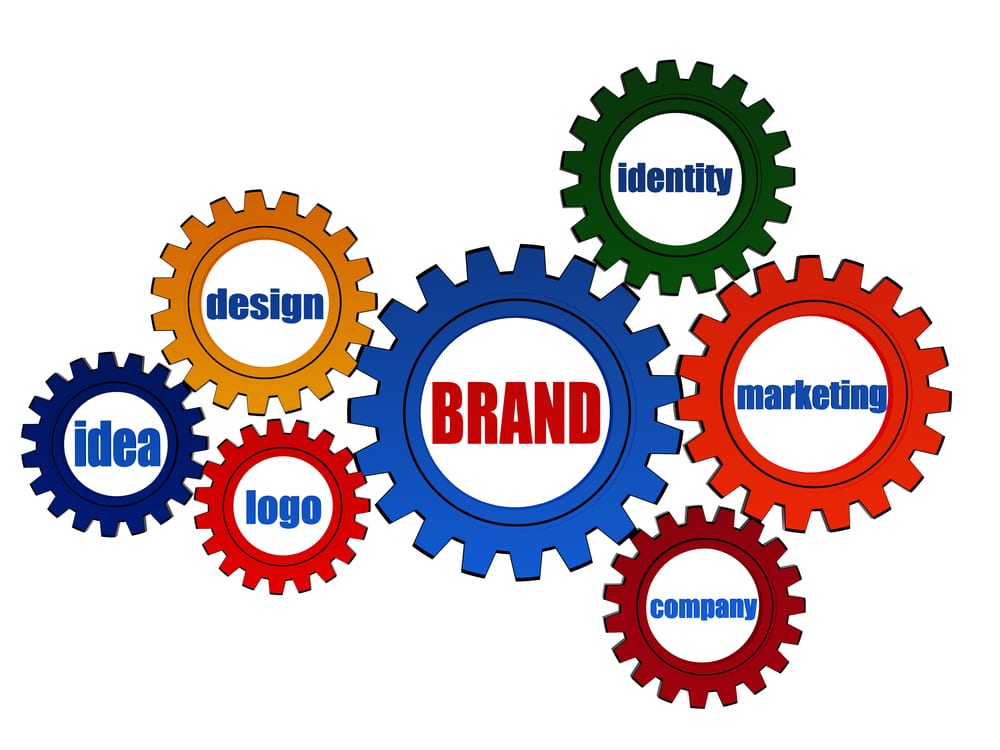Today, consumers don’t just want to buy a product or a brand — they want to buy into the whole brand story. This observation pays homage to an Old World mentality of artisans and craftsmen, whose products were a genuine reflection of their art, hopes, dreams, and personal stories. And modern consumers still have an innate desire to connect with the “craftsman” behind the product, brand, and company.
So where do you begin when communicating your brand story?
Live with a story
A great place to start lies in understanding we are entering a time of living an “experimental culture.” This term refers to how we move through life with one eye centered on experimenting and experiencing new things, from food to fashion to art. This expression of a mindset relates to the way we are viewing, positioning, and labelling brands and product; it has a direct link back to what was once considered artisanal or handcrafted.
This does not always mean Old World ways; it is relatable to the newest technology or way of operating a business. It has more to do with the thought that went into the act or creation itself. We consumers want (and seemingly need) to connect with the “craftsman” behind the product, brand, and company.
Think of this as the logical evolution of our desire to know more about where our food comes from. The Farm to Table push over the past few years has taken us down a very interesting path with many branches of opportunity. Consider that not only do we need to know where it came from, but we now insist on knowing more about the motivations and inspirations behind it.
Five key areas of this theory to keep in mind.
Understanding how living an experimental culture affects your ongoing business development is key to knowing what and why you should be focusing on certain areas of brand, product, and process innovation.
# 1. Just because you can develop and produce something does not mean you should
Consider how many small businesses are entering the marketplace today. Consumers are determining their loyalty to brands based on how well they can relate to the driving motivations. And they won’t support yours if it isn’t connecting with them in a meaningful way.
# 2. Perspectives are perishable
If you try to hang on to one too long, it will rot in your hands. I think the same holds true for business development. What worked yesterday may not work tomorrow, so as we approach that part of our role, we must ask ourselves the questions we tell our clients to ask themselves: “Are we relevant? Are we solving a problem, providing for a need, or entertaining a desire?” There really is no magic to this approach, other than the willingness to accept that it is organic, it is different from yesterday’s, and it will change again tomorrow.
# 3. All new ventures need a story
If initial intentions are seen as “corporate” or “greed-driven,” they will fall flat. Position and grow your brand wisely by appealing to the right people with strategic messaging and a story just for them.
# 4. If you have not been telling your story because you did not think it mattered, think again
Consider one of my favorite new coffee shops in San Francisco, Sightglass. When these brothers set out to open their doors, they recognized just how vital it was to understand what is important to consumers today. They state it right upfront on their website, and you get an immediate appreciation of their passion and motivation. The brothers share their beliefs, approach, and overall story, which is at the heart of everything they do. (And, in case you’re wondering, their shop is always packed!)
# 5. If you’re talking but not listening, you’ll get left behind
Hearing what customers are saying — or not saying — about your brand is paramount. You need to know their point of view to determine how your product will fit into their lives moving forward. Not all clients and consumers are motivated by the same thing. Because we are in the business of communicating brand truths to customers, we must always be aware of what’s important to them and how they are digesting their world today.
Consumers want to know more about your brand than what they see on the grocery shelf or on a 30-second TV spot. They want to be in a relationship with the brands they support. They want to feel good about telling friends and family about them. And, most importantly, they want to hear and relate to your story. Create this narrative and remain relevant by living an experimental culture, paying attention to customer perceptions of your brand, and doing your homework.
Did you like this article?

- Please share it with your network, we’d really appreciate it!
- Would you like to write for Tweak Your Biz? Or sign up for our RSS?
- An outstanding title can increase tweets, Facebook Likes, and visitor traffic by 50% or more. Generate great titles for your articles and blog posts with the Tweak Your Biz Title Generator.
Connect with Tweak Your Biz on: 


Images: ”brand and business concept words in 3d color gearwheels / Shutterstock.com“


